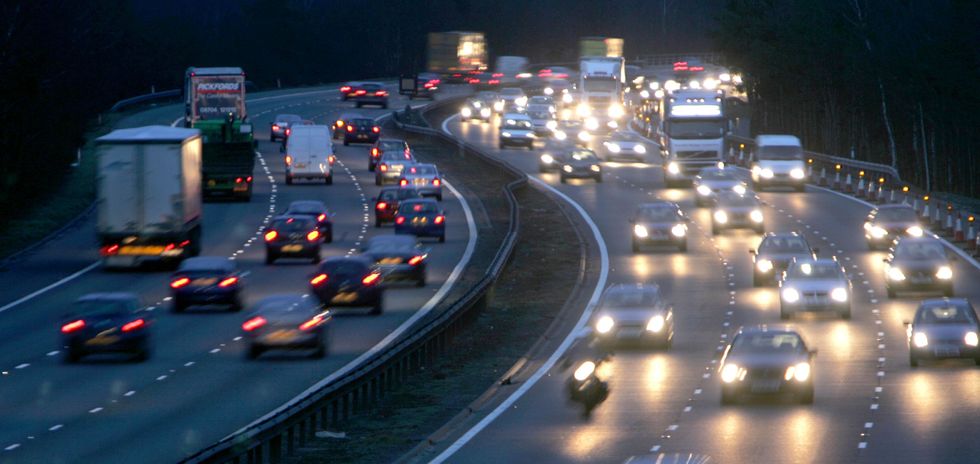Bright headlights cause 'genuine issues' and force drivers off roads with Labour urged to take 'immediate' action

Labour is expected to tackle the issue of bright headlights in the upcoming Road Safety Strategy
Don't Miss
Most Read
Latest
Modern car headlights are "too bright" for British motorists, with a bombshell new report warning that road safety could be seriously impacted without meaningful changes.
A long-awaited report from the Transport Research Laboratory has found that more than half of UK drivers reported that they have been forced to stop or reduce their driving activity at night as a result of bright headlights.
The report was commissioned by the Department for Transport (DfT) last year and aimed to identify the causes of glare from vehicle lighting on UK roads in response to growing concerns around the issue.
As part of the analysis, more than 50 hours of on-road testing was completed to assess the impact of glare on vehicles. This involved a vehicle being fitted with a luminance camera and other sensors.
It found that there was a strong link between higher levels of glare experienced by observers in the car, with different vehicles and road types increasing the likelihood of being dazzled.
The report acknowledges that some factors, like the geometry of a road, are outside the control of the DfT, but that other measures, like vehicle design and updated vehicle lighting standards, could mitigate the problem.
Findings showed that brighter LEDs, which often appear to be more white, contribute to glare, especially when compared to older halogen bulbs, which give off a yellow hue.
Similarly, larger SUVs were often cited as being problematic, since the vehicles are higher off the ground, resulting in a more intense and focused light shining in the eyes of drivers in lower vehicles.

The report found that bright headlights contribute significantly to the glare experienced by many drivers on the road
|GETTY
Commenting on the research, Dr Shaun Helman, who led the research at TRL, said it provided "compelling evidence" that bright headlights are a "genuine issue" for drivers.
He continued, saying: "By combining scientific measurement with driver perspectives, we now have a clearer understanding of the conditions under which glare occurs and the factors that contribute to it.
"These objective findings are a first step to take glare from anecdotal complaints into the realm of scientific evaluation. Continued research will help inform UK road safety and transport policy."
The Government recently pledged to include the issue of dazzling headlights in its upcoming Road Safety Strategy, which is expected to be released in the coming months.
LATEST DEVELOPMENTS

Bright headlights are often identified as one of the most serious problems on UK roads
| PAThe Strategy, which will be the first of its kind in more than a decade, is also expected to include details on toughening the drink-drive limit, as well as rules to crack down on drivers who do not meet legal eyesight standards.
Rod Dennis, senior policy officer at the RAC, highlighted that brighter and high-performing headlights can benefit motorists, although they can also have a huge impact on other road users.
"Having campaigned hard for this study, we welcome its findings which independently confirm what drivers have been telling us - that rather than being an imagined phenomenon, some bright headlights do cause a glare problem," he said.
The report was also welcomed by the College of Optometrists, which called on the Government to take "immediate, actionable steps" to address the issue of headlight glare.
Denise Voon, clinical advisor at the College, urged motorists to take matters into their own hands and wear prescribed glasses or contact lenses if they have been instructed to do so.
A Department for Transport spokesperson said: "We know headlight glare is frustrating for many drivers, especially as the evenings get darker.
"That's why we commissioned this independent research to better understand the causes and impact of glare, and to help inform future negotiations on international vehicle standards."
The spokesperson noted that the Driver and Vehicle Standards Agency (DVSA) was increasing its surveillance to intercept sales of illegal retrofitted headlights. Anyone caught flouting the rules could be slapped with a £2,500 fine.











